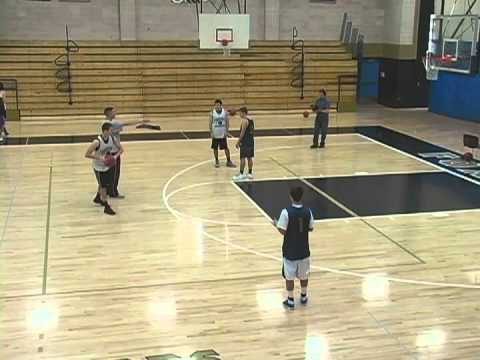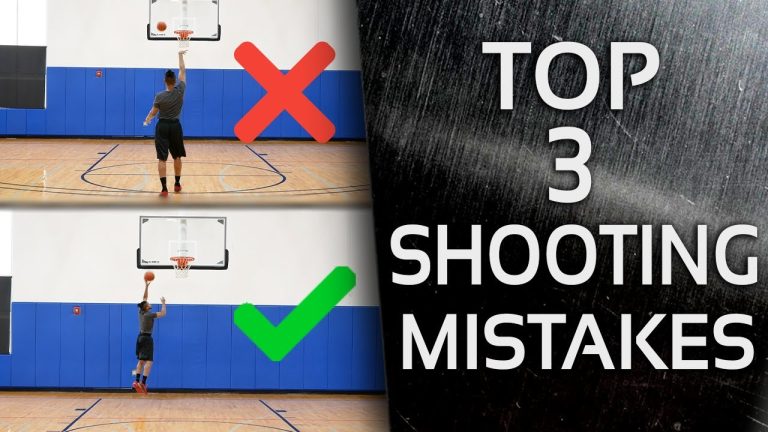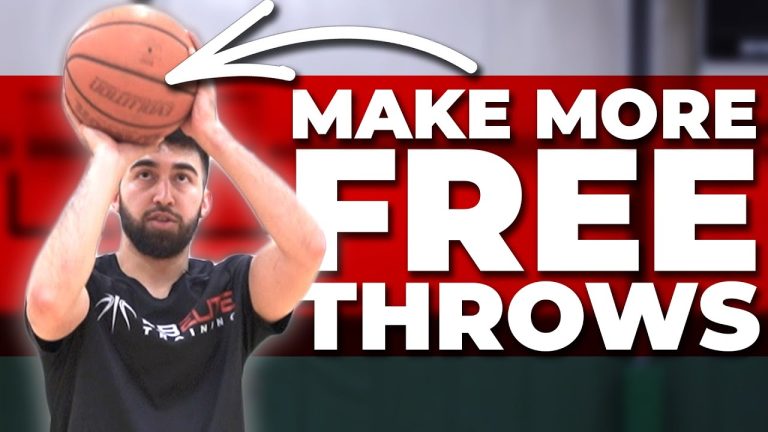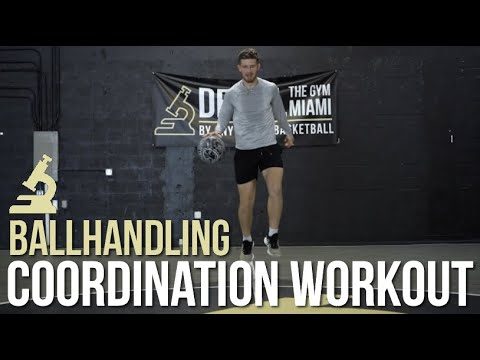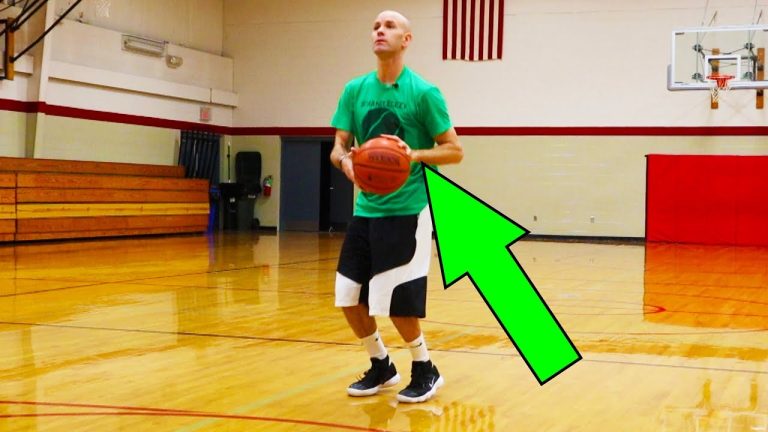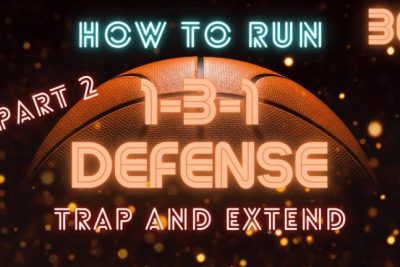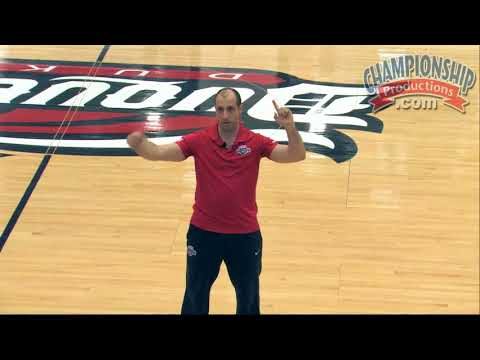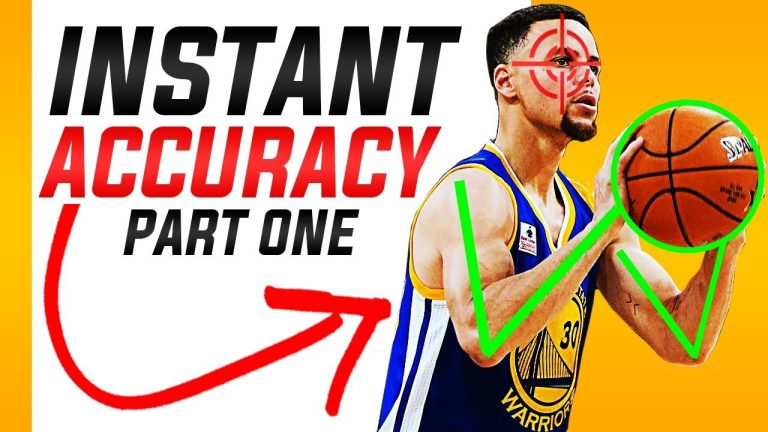Basketball is a dynamic sport that requires players to constantly adapt and strategize based on their positions. Whether you’re a point guard, shooting guard, small forward, power forward, or center, having effective trapping strategies can greatly enhance your defensive game. In this article, we will explore the various trapping techniques tailored to each position, providing you with a comprehensive guide to outsmarting your opponents and disrupting their offensive flow. Get ready to elevate your defensive prowess and become an unstoppable force on the court.
Advantages
- Advantages of Different Trapping Strategies for Different Positions in Basketball:
- Increased Defensive Pressure: Trapping strategies in basketball can effectively increase defensive pressure on the opposing team, regardless of the position. By trapping the ball handler, the defending team can force turnovers, disrupt offensive plays, and create scoring opportunities. This advantage is particularly beneficial for guards and forwards as they can use their quickness and agility to apply trapping techniques effectively.
- Disrupting Offensive Flow: Trapping strategies can disrupt the offensive flow of the opposing team by creating chaos and confusion. This advantage is especially valuable for trapping strategies executed by big men, such as centers or power forwards. Their size and strength allow them to physically overpower opponents, leading to turnovers, rushed shots, and disrupted offensive sets. Disrupting the offensive flow can significantly impact the opponent’s scoring efficiency and overall game plan.
Disadvantages
- Inflexibility: One disadvantage of trapping strategies in basketball is that they can be inflexible and limited in their application. Trapping strategies are often designed for specific positions or situations on the court, such as trapping the point guard during a half-court press. This means that if the opposing team adjusts their lineup or changes their offensive approach, the trapping strategy may become less effective or even irrelevant. Coaches and players must be prepared to quickly adapt and switch to alternative defensive tactics if the trapping strategy is not working.
- Vulnerability to counterattacks: Another disadvantage of trapping strategies is that they can leave the defense vulnerable to counterattacks. When implementing a trapping strategy, defenders often have to leave their assigned positions to double-team the ball handler or intercept passes. This creates temporary open spaces on the court that the offense can exploit with quick ball movement, leading to easy baskets or open shots for the opposing team. Additionally, if the trap is not executed correctly or the ball handler successfully escapes the trap, the defense may be left scrambling to recover and defend against fast breaks or transition plays.
How can one effectively trap in a 2-3 zone?
In order to effectively trap in a 2-3 zone, the key lies in the coordination between the ball-side forward and the ball-side guard. Rather than following the conventional bumping strategy, the forward (4) breaks away from retreat mode and actively engages in trapping the wing player alongside the ball-side guard (2). This aggressive approach not only catches the opponent off guard but also disrupts their offensive flow, providing a strategic advantage for the defensive team.
How can a 1-2-2 zone be defeated?
When facing a 1-2-2 zone defense on the basketball court, it is crucial to implement a combination of quick ball movement, effective spacing, and strong outside shooting skills. By constantly rotating the ball around the perimeter, players can force the defenders to constantly adjust their positions, creating openings in the zone. This strategy allows for the exploitation of gaps in the defense, leading to higher percentage scoring opportunities.
In addition to ball movement, proper spacing is essential in breaking down a 1-2-2 zone. By positioning players strategically around the court, it becomes harder for defenders to cover all passing lanes effectively. This opens up opportunities for backdoor cuts, where players can make quick moves towards the basket when the defenders are focused on the ball. Maintaining proper spacing also ensures that outside shooters have enough room to receive the ball and take open shots, providing a threat that can stretch the defense and create scoring opportunities.
Finally, having strong outside shooting skills is vital when facing a 1-2-2 zone. By consistently knocking down outside shots, the defense is forced to extend their coverage, creating more openings in the zone. This not only allows for easier penetration into the paint but also opens up passing lanes for players to find teammates for open shots. Developing a reliable outside shot and having confident shooters on the court can significantly disrupt a 1-2-2 zone defense, ultimately leading to scoring success.
What are the weaknesses of a 2-3 zone?
The 2-3 zone defense is a popular strategy in basketball, but it does have its weaknesses. One weakness is its vulnerability to outside shooting. The defense is designed to protect the paint and limit drives to the basket, but this leaves the perimeter open. Opponents who can shoot accurately from beyond the arc can exploit this weakness and score easy points. Another weakness of the 2-3 zone is its susceptibility to quick ball movement. By passing the ball quickly and efficiently, offensive teams can create openings in the defense and find open shots. The zone defense relies on players staying in their designated areas, making it difficult to react and adjust to rapid ball movement. Lastly, the 2-3 zone can struggle against skilled dribblers and penetrating guards. If an offensive player is able to break through the initial line of defense, they can create chaos and force the zone to collapse, leaving gaps for easy scoring opportunities.
Unlocking Defensive Dominance: Mastering Basketball Trapping from Every Position
Unlocking Defensive Dominance: Mastering Basketball Trapping from Every Position
Paragraph 1:
In the high-paced game of basketball, defensive dominance is the key to victory. One of the most effective strategies to disrupt the opponent’s offense is mastering the art of trapping. Whether you’re a guard, forward, or center, understanding the principles of trapping from every position can unleash a whole new level of defensive prowess. By intelligently coordinating your movements with your teammates, you can create chaotic situations for the opposing team, leading to turnovers and scoring opportunities for your own squad.
Paragraph 2:
To successfully execute trapping techniques, it is crucial to maintain a compact defensive formation. This means closing the gaps between players and denying passing lanes, leaving the opposing team with limited options. By applying intense pressure on the ball handler and quickly closing in on them, you force them into making hasty decisions, increasing the likelihood of mistakes. When executed seamlessly, trapping can be a game-changing strategy that demoralizes the opposition and swings the momentum in your team’s favor.
Paragraph 3:
However, mastering trapping is not solely about physicality and aggression. It requires mental acuity and exceptional communication skills. Each player must be aware of their role within the trapping scheme and be able to read the offense’s movements to anticipate trapping opportunities. Communication is the glue that holds the defense together, as timely and clear instructions can help teammates adjust their positioning and execute traps with precision. With regular practice and a strong defensive mindset, every player on the court can contribute to unlocking defensive dominance through the art of trapping.
Strategic Trapping Tactics: Elevate Your Basketball Game from Any Position
Are you tired of being outplayed on the basketball court? It’s time to elevate your game with strategic trapping tactics that work from any position. Trapping is a powerful defensive technique that can disrupt your opponents’ offense and give your team the upper hand. By strategically positioning yourself and your teammates, you can create high-pressure situations that force turnovers and lead to fast break opportunities. Whether you’re in the post, on the perimeter, or anywhere in between, these tactics will help you become a defensive force to be reckoned with.
In the post, trapping can be a game-changer. By anticipating your opponent’s moves and quickly closing the gap, you can effectively trap them before they have a chance to make a move. Timing is crucial here – wait for the perfect moment to strike, and then unleash your defensive prowess. With your teammates ready to pounce on any loose ball, you can create chaos in the paint and force your opponents into making costly mistakes.
On the perimeter, trapping can create havoc for the opposing team’s ball handlers. By using your quickness and agility to double-team the ball, you can cut off passing lanes and force your opponents into making rushed decisions. This tactic is particularly effective against skilled guards who rely on their dribbling skills to create scoring opportunities. By trapping them near the half-court line, you can disrupt their rhythm and force turnovers that lead to easy transition baskets.
No matter where you are on the court, trapping tactics can be a game-changer for your team. By mastering these strategies and applying them with precision, you can elevate your basketball game from any position. So, get ready to unleash your defensive skills and watch as your opponents struggle to keep up with your strategic trapping tactics.
Crush Opponents with Precision: Mastering Basketball Trapping for All Positions
Crush your opponents with precision by mastering the art of basketball trapping, regardless of your position on the court. Trapping is a powerful defensive strategy that can disrupt your opponent’s flow, create turnovers, and lead to easy scoring opportunities. Whether you’re a point guard, shooting guard, small forward, power forward, or center, understanding the fundamentals of trapping and executing them with precision can elevate your game and make you a formidable force on defense. By effectively communicating with your teammates, anticipating your opponent’s moves, and maintaining disciplined footwork, you can become a trapping master and dominate the game with your defensive prowess. So, lace up your sneakers, sharpen your instincts, and get ready to crush your opponents with precision through the art of basketball trapping.
Incorporating effective trapping strategies into basketball gameplay is crucial for success in different positions on the court. By employing well-coordinated movements, communication, and anticipation, players can disrupt their opponents’ offensive flow and create turnovers. Whether it’s the nimble guard or the agile forward, mastering trapping techniques can significantly enhance a team’s defensive prowess. With the right combination of skill, strategy, and teamwork, players can turn the tide of a game and secure victory.

